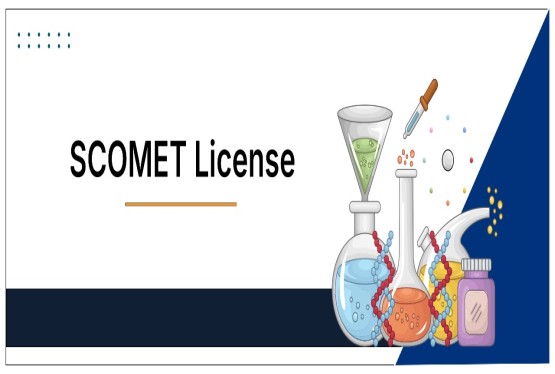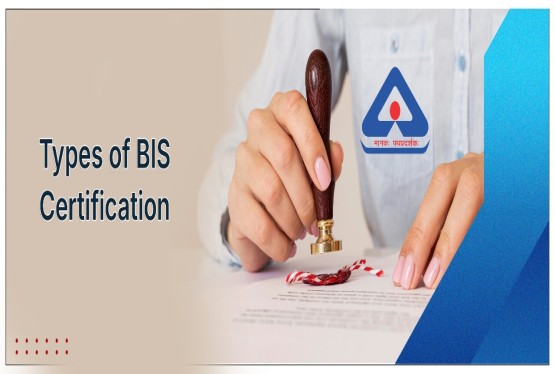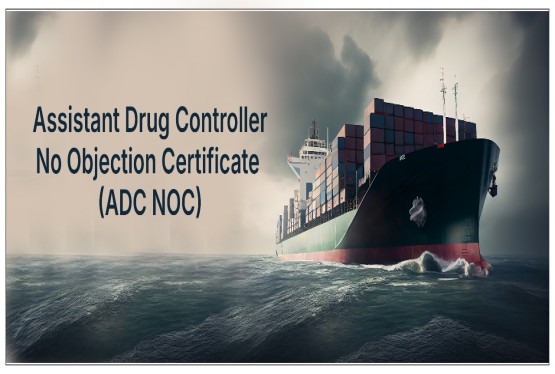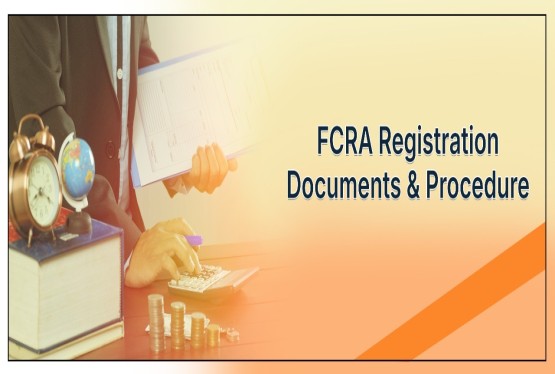The healthcare industry in India generates a significant amount of biomedical and electronic waste, including medical devices. With increasing environmental concerns, the government has implemented Extended Producer Responsibility (EPR) regulations to make sure proper disposal, recycling, and management of medical devices. Nowadays Health care sector is very serious to adopt and trying to explores EPR in the context of medical devices, its categorization, importance, regulatory framework (including CDSCO Registration and drug licenses), and the process for obtaining EPR registration.
What is Extended Producer Responsibility (EPR)?
Extended Producer Responsibility (EPR) is an environmental policy approach where producers are held accountable for the entire lifecycle of their products, including post-consumer waste management. EPR safeguards that manufacturers, importers, and brand owners take responsibility for collecting, recycling, and disposing of their products in an eco-friendly manner. Even some of the reputed registered brand leader followed the guideline and say proudly enjoyed his benefits in terms of reputation of Brand and customer trust.
Relation with Medical Devices:
Medical devices, especially electronic and hazardous ones, contribute to biomedical and e-waste. EPR mandates that manufacturers and importers of medical devices must ensure proper collection and disposal of expired, damaged, or end-of-life devices to prevent environmental harm.
EPR Categories Applicable to Medical Devices
Medical devices fall under different EPR categories based on their composition and environmental impact. Below is a table categorizing medical devices under EPR regulations:
|
Category |
Applicable Medical Devices |
EPR Compliance Requirements |
|
Electronic Waste (E-Waste) |
MRI machines, X-ray equipment, ECG machines, infusion pumps, dialysis machines, ultrasound devices |
Registration with CPCB, collection & recycling through authorized recyclers |
|
Biomedical Waste |
Syringes, needles, surgical gloves, catheters, implants, blood bags |
Segregation, treatment, and disposal as per BMW Rules 2016 |
|
Plastic Waste |
IV bottles, disposable medical equipment, packaging materials |
Plastic Waste Management Rules compliance |
|
Hazardous Waste |
Mercury-based devices, lead-containing equipment, chemical-based diagnostic kits |
Hazardous Waste Management Rules adherence |
Importance of EPR in the Medical Devices Industry
Extended Producer Responsibility (EPR) plays a vital role in the medical devices industry by positive environmentally sustainable waste management practices. It mandates manufacturers and importers to take accountability for the safe disposal and recycling of medical waste, including hazardous materials like syringes, implants, and electronic equipment, thereby preventing soil and water contamination. EPR safeguards compliance with key regulations such as the E-Waste Rules, Biomedical Waste Rules, and Plastic Waste Rules, helping companies avoid legal penalties while promoting a circular economy through the recycling and reuse of materials. Additionally, it minimizes public health risks by preventing infections from improperly discarded medical waste and enhances corporate responsibility by aligning with sustainability goals. EPR also provides regulatory advantages, as registration is often required for CDSCO Registration approvals, and boosts market competitiveness by demonstrating a commitment to eco-friendly practices. By integrating EPR, the medical devices industry can reduce its environmental footprint, comply with evolving regulations, and contribute to a cleaner, safer healthcare ecosystem.
EPR Registration Categories for Medical Devices in India
Medical device manufacturers must comply with Extended Producer Responsibility (EPR) based on their product's waste classification. India's regulatory framework identifies five key EPR categories for medical devices:
1. E-Waste (Electronic Medical Devices)
Covers MRI machines, X-ray equipment, ultrasound devices, and ECG machines under the E-Waste (Management) Rules, 2022. Requires CPCB/SPCB registration, annual e-waste disposal reports, and recycling through authorized facilities.
2. Biomedical Waste
Applies to syringes, needles, surgical gloves, and blood bags as per the Biomedical Waste Management Rules, 2016. Mandates SPCB authorization, segregation using color-coded bags, and disposal via Common Biomedical Waste Treatment Facilities (CBWTFs).
3. Plastic Waste (Medical-Grade Plastics)
Includes IV bottles, disposable equipment, and packaging materials under the Plastic Waste Management Rules, 2016. Demands CPCB/SPCB registration, recycling targets, and use of eco-friendly/biodegradable materials.
4. Hazardous Waste (Toxic Medical Waste)
Governs mercury thermometers, lead shields, and chemical diagnostic kits via the Hazardous Waste Rules, 2016. Requires SPCB approval and disposal at Treatment, Storage, and Disposal Facilities (TSDFs).
5. Battery Waste (Battery-Powered Devices)
Regulates pacemakers, hearing aids, and portable oxygen concentrators under the Battery Waste Management Rules, 2022. Needs separate EPR registration and battery recycling through certified vendors.
EPR Registration and Regulatory Bodies (CDSCO & Drug Licenses)
1. Central Drugs Standard Control Organization (CDSCO)
-
CDSCO regulates medical devices under the Medical Devices Rules, 2017.
-
EPR compliance is linked to CDSCO approvals for manufacturing and importing medical devices.
2. Drug License for Medical Devices
-
Manufacturers must obtain a Medical Device License from CDSCO or State Licensing Authority (SLA).
-
EPR registration is now a prerequisite for obtaining or renewing medical device licenses.
-
Central Pollution Control Board (CPCB) and State Pollution Control Boards (SPCBs) oversee EPR implementation.
-
Medical device producers must submit annual returns on waste collection and recycling.
Documents Required for EPR Registration for Medical Devices
To apply for EPR authorization, the following documents are needed:
-
Company Registration Proof (GST, PAN, COI)
-
Details of Medical Devices Produced/Imported
-
CDSCO Medical Device License
-
Authorization Letter from Producer Responsibility Organization (PRO) (if applicable)
-
Waste Collection & Recycling Plan
-
Agreement with Certified Recyclers
-
Environmental Clearance Certificate (if required)
-
Previous Year’s EPR Compliance Report (for renewal)
Process for EPR Registration for Medical Devices
Step 1: Categorize Medical Devices
- Determine if the device falls under e-waste, biomedical waste, or plastic waste. There is lots of devices and according to use they produce the waste products. So that we need to create a list for manage the proper dispose of with his concern category. Its very Helpful to get fast registration.
Step 2: Prepare EPR Plan
- Define collection targets, recycling methods, and disposal mechanisms. Always recommended a pre-approved operational plan for collection and dispose off and save time and we manage effectively and related department easy to understand your registration purpose.
Step 3: Submit Application to CPCB/SPCB
- Apply via the Online EPR Portal with required documents. This is the very easy process bout need to technical knowledge of Computer and using government portal. You have to make sure all the supporting document and application form fill correctly before final submitting the Application.
Step 4: Verification & Approval
- CPCB/SPCB reviews the application and may conduct site inspections. A completing the application review process finally department conduct a physical inspection of site where you execute your plan.
Step 5: Obtain EPR Certificate
- A satisfactory site inspection and approval on recommendation of inspection officer department issued a Registration certificate with Validity for 5 years, subject to annual compliance reporting.
Step 6: Comply with Annual Obligations
- This is the mandatory condition that you providing all the necessary reports which is instructed at the time of granting your certificate and department expecting you to Submit yearly returns on waste collection and recycling data.
Challenges in EPR Implementation for Medical Devices
-
Lack of Awareness – Many small manufacturers are unaware of EPR obligations and due to lack of knowledge they avoided the compliance and at the last moment they apply with sily mistake and face lots of unwanted turbels. So that be aware about your industry norms and do complete your compliance on time.
-
High Recycling Costs – Due to adopting new technology we use Advanced medical devices so that we require specialized recycling management system with latest updates for resolved the purpose of EPR Management.
-
Regulatory Complexities – Multiple laws (CDSCO, CPCB, BMW) create compliance burdens because each and every department having some fix guideline and all are need to full fill by the applicant so take help of expert make easy to your registration journey.
Conclusion
EPR for medical devices is key for sustainable healthcare waste management in India. With strict regulations from CDSCO, CPCB, and state authorities, manufacturers must adopt proactive recycling strategies. Proper EPR compliance not only avoids legal penalties but also contributes to a cleaner environment and public health safety. Companies must stay updated with evolving EPR policies and integrate waste management into their business models for long-term success.
By adhering to EPR norms, the medical devices industry can align with India’s vision of "Swachh Bharat" and "Green Healthcare." If you are facing any issue in EPR registration due to delay in your contributory part of responsibility. Feel free to contact us on 9988424211 or Email info@ccoffice.in
FAQs on EPR for Medical Devices
Q1. Is EPR mandatory for all medical devices?
Ans. Yes, if they fall under e-waste, plastic waste, or biomedical waste categories.
Q2. Who can help with EPR compliance?
Ans. Producers can hire Producer Responsibility Organizations (PROs) for waste management.
Q3. What are the penalties for non-compliance?
Ans. Fines up to Rs.1 lakh and possible cancellation of CDSCO license.
Q4. How often should EPR compliance be reported?
Ans. Annual returns must be submitted to CPCB/SPCB.
Q5. Can importers of medical devices apply for EPR?
Ans. Yes, importers are considered "producers" under EPR rules.












































































_crop10_thumb.jpg)







_Rules,_2025_learn_crop10_thumb.jpg)























































































_crop10_thumb.jpg)




